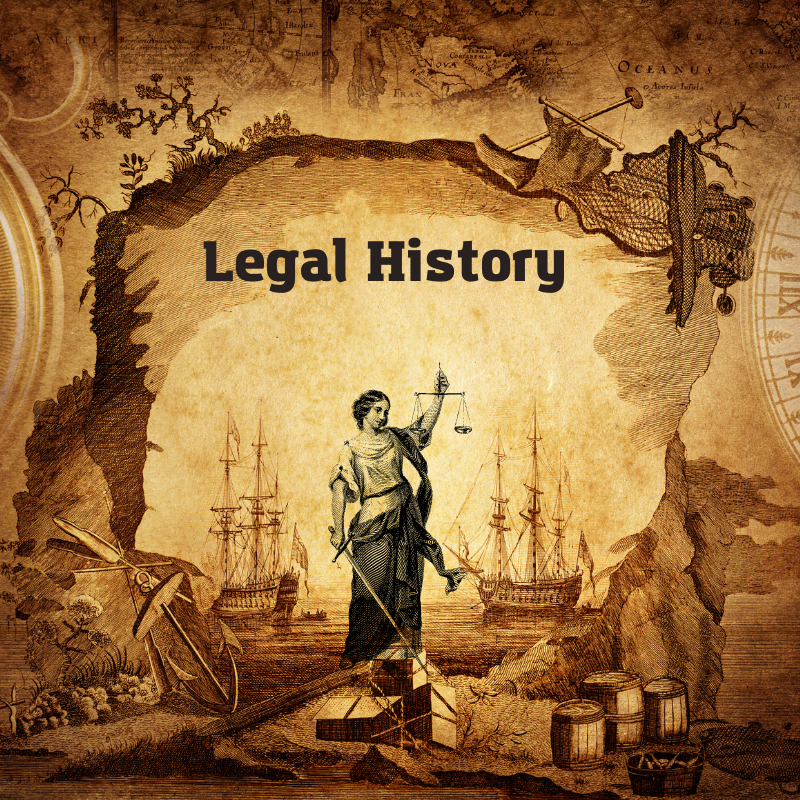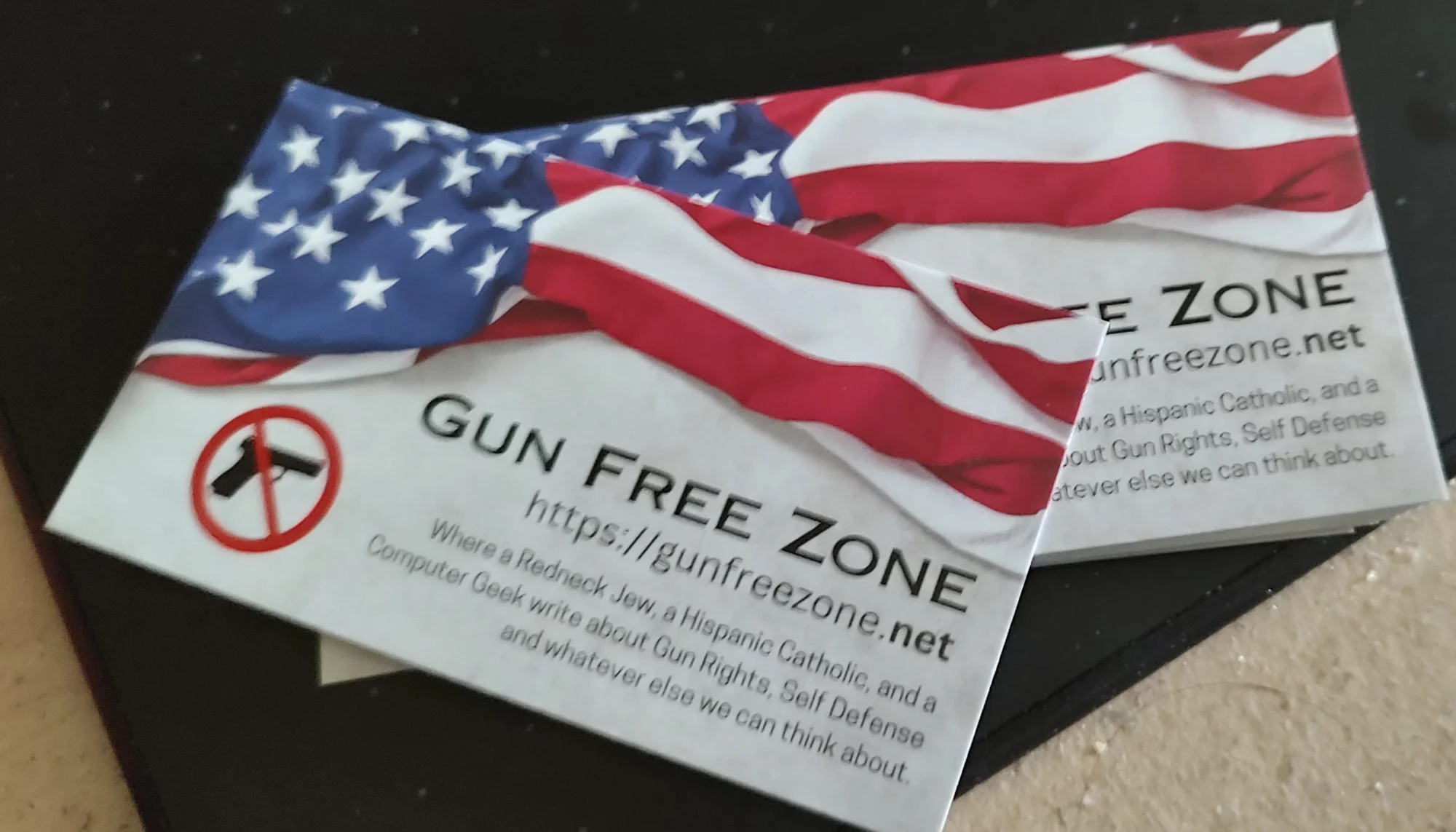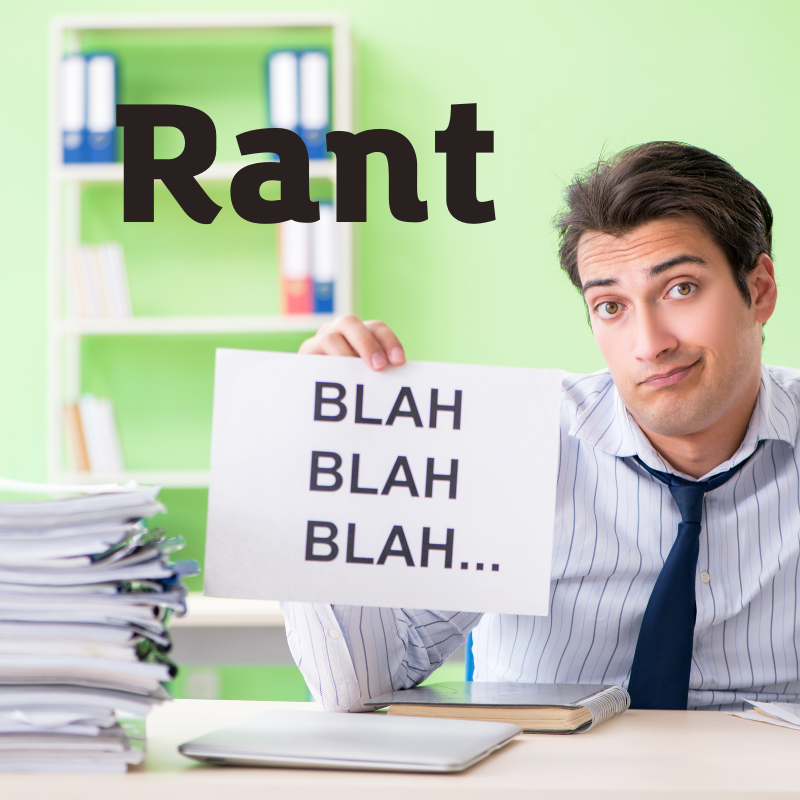
B.L.U.F. Does bad law live on? What happens to all the opinions issued by circuit courts on Second Amendment cases before Bruen.
On June 23, 2022, a year ago, the Supreme Court issued the Bruen decision. The Bruen reaffirmed Heller. The Second Amendment is an individual right, it is not a second class right. The way to properly adjudicate a Second Amendment challenge is we hold that when the Second Amendment’s plain text covers an individual’s conduct, the Constitution presumptively protects that conduct. To justify its regulation, the government may not simply posit that the regulation promotes an important interest. Rather, the government must demonstrate that the regulation is consistent with this Nation’s historical tradition of firearm regulation.
—New York State Rifle & Pistol Assn., Inc. V. Bruen, 142 S.Ct. 2111, ¶ 1 (U.S. 2022) This fantastic opinion opened the gates to regaining our Second Amendment protect rights.
The court then proceeded to GVR four other Second Amendment cases. One of those cases was in the 4th Circuit Court.
The Forth Circuit Court has not found an infringement that they couldn’t find a reason to find constitutional. They are horrible on Second Amendment rights. While the Ninth Circuit gets all the news, the Fourth is actually worse.
Affirmed by published opinion. Judge King wrote the opinion for the en banc majority, in which Chief Judge Gregory and Judges Wilkinson, Motz, Keenan, Wynn, Floyd, Thacker, and Harris joined in full; Judge Diaz joined in part as to the Second Amendment claims and joined as to the Fourteenth Amendment equal protection and due process claims; and Judges Niemeyer, Shedd, and Agee joined as to the Fourteenth Amendment claims only. Judge Wilkinson wrote a concurring opinion, in which Judge Wynn joined. Judge Diaz wrote an opinion concurring in part and concurring in the judgment as to the Second Amendment claims. Judge Traxler wrote a dissenting opinion as to the Second Amendment claims, in which Judges Niemeyer, Shedd, and Agee joined. Judge Traxler also wrote an opinion dissenting as to the Fourteenth Amendment equal protection claim and concurring in the judgment as to the Fourteenth Amendment due process claim.
—
Kolbe v. Hogan, 849 F. 3d 114 (4th Cir. 2017)There are fourteen judges on the panel. Only one of them found that there was a constitutionally protected right to keep and bear modern semi-automatic rifles. Thank you, Judge Traxler.
Why is this case important?
The United States jurisprudence is based on common law. Once a law is passed, it is up to the courts to apply that law in a common way across all instances. Since the laws as written often have edge cases or might just be poorly written, the courts are required to say what happens in those edge cases or badly worded situations.
Consider the following. A government employee is granted a security clearance. They gain access to some classified material. Because they are pressured to complete some work regarding that classified material, they copy that material on to a thumb drive and take it home with them.
At home, they copy the documents on to their home server, stored in the spare bedroom. At a later time, they leave government employment. In the process of debriefing, they mention that they had a copy of a paper on their computer that they would remove.
They have just admitted to a crime. There is an investigation and they go to jail.
Any government employee who did a similar action, take classified material out of a secure location and put it on an insecure home server, would be guilty of the same crime and would be punished in the same way.
Common law is what makes this possible. Every court in the land has access to the law, as written, to the court cases involving that law, and what the holdings were for each of those cases. The courts then apply the law in a common way across all people.
This is true of the G.S.-5 who was charged with editing her bosses classified memo as to the S.E.S. former Secretary of State. The law is applied in a common way across everybody.
Kolbe is one of the fundamental pieces of case law that controls how Second Amendment challenges are adjudicated within the 4th Circuit Court. It is also used in other Circuits, though it is not binding on other circuits. Many cases on the East Coast were resolved based on Kolbe.
The Question
Read More
Like this:
Like Loading...




